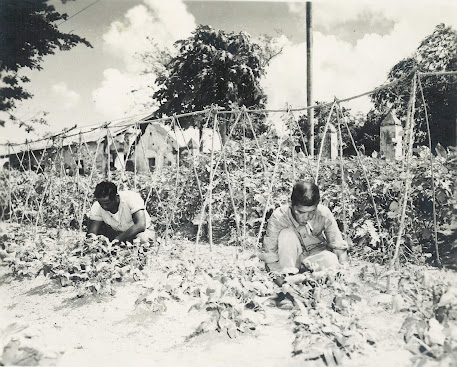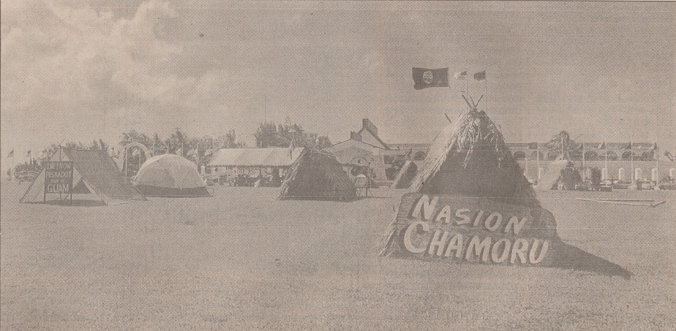Remember Sumay

Prior to World War II, Sumay was the second largest village of Guam and because of its location near Apra Harbor, was very economically important as a hub for the island in terms of communications and trade. Because of this status, the families with ties there had a great deal of pride in their village identity and community. The Trans-Pacific Cable Company, which laid the first telegraph wire across the Pacific, set up its station in the village in 1903. Sumay was also the landing site for the China Clipper from Pan American Airways, which built a hotel there in 1935. Most of the first bombs that fell on Guam in the Japanese attack on the island on December 8th, 1941 were dropped on Sumay because of its strategic importance. The US Marine Barracks and tanks from Standard Oil were both hit. Within days after the Japanese invasion, all residents were evicted. The bombardment and subsequent re-invasion of the island by US forces in July 1944 almost ...

